Snap Gauge |Taper Plug Gauge |Taper Plug/Ring Gauge |Ring Gauge manufacturer in Bangalore |Ring Gauge near me |Ring Gauge manufacturer in rajajinagar |Taper Plug manufacturer in rajajinagr |Taper Plug |Ring Gauge |Aero Space Component manufacturer near me |Aero Space Component |Wedge Lock manufacturer in Bangalore |Wedge Lock |Lead Nut |Pin Gauge |Profile Plug Gauge |Plug Gauge |Jigs and Fixtures |PB Ring

This is your website preview.
Currently it only shows your basic business info. Start adding relevant business details such as description, images and products or services to gain your customers attention by using Boost 360 android app / iOS App / web portal.
Manufacturing test

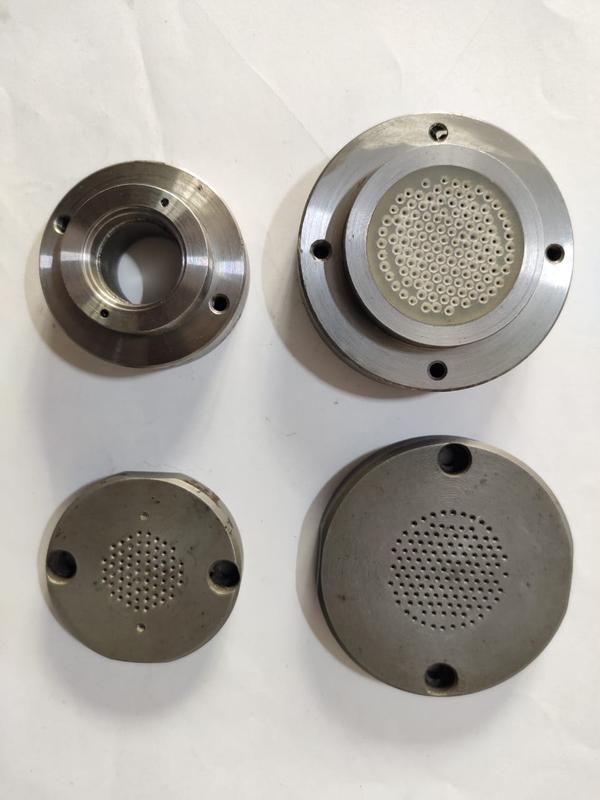
Jigs and Fixtures
VIEW DETAILS
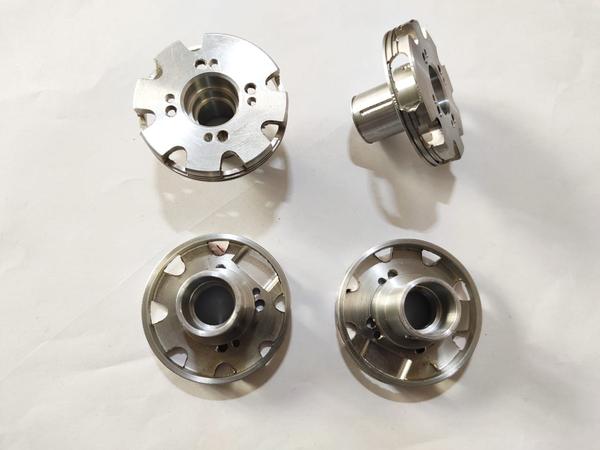
Wedge Lock
VIEW DETAILS
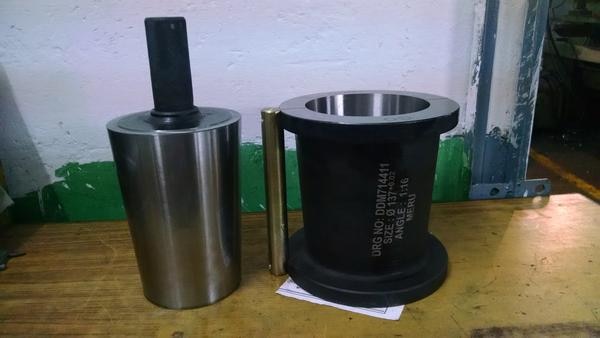
Taper Plug/Ring Gauge
VIEW DETAILS
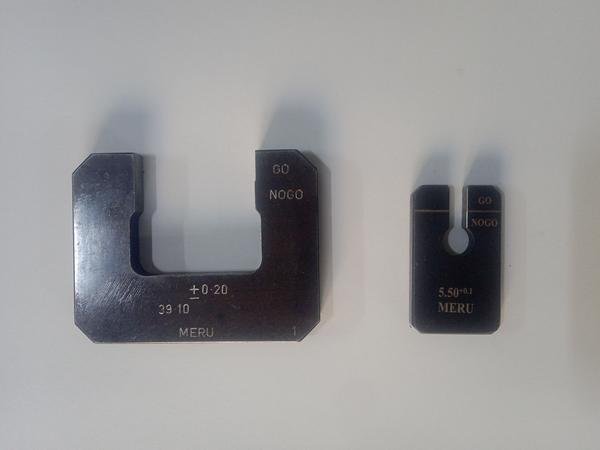
Snap Gauge
VIEW DETAILS
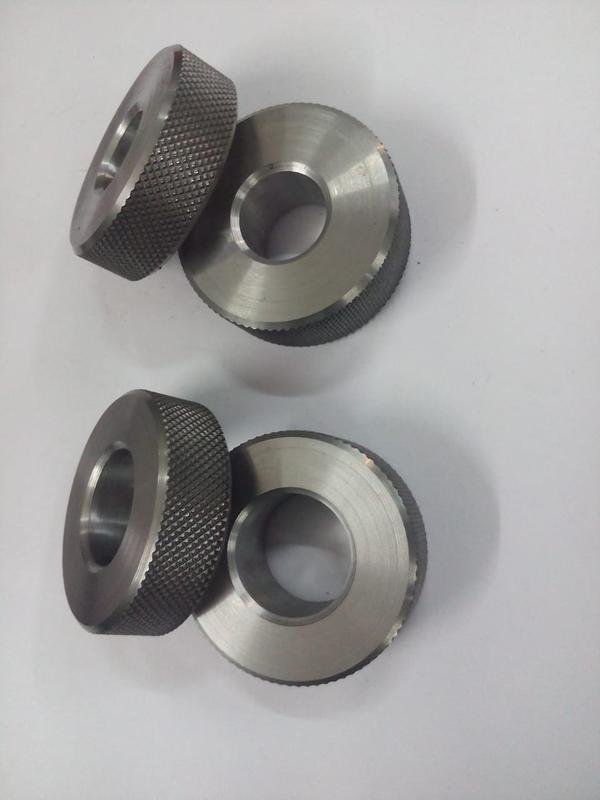
Plain Ring Gauge
VIEW DETAILS
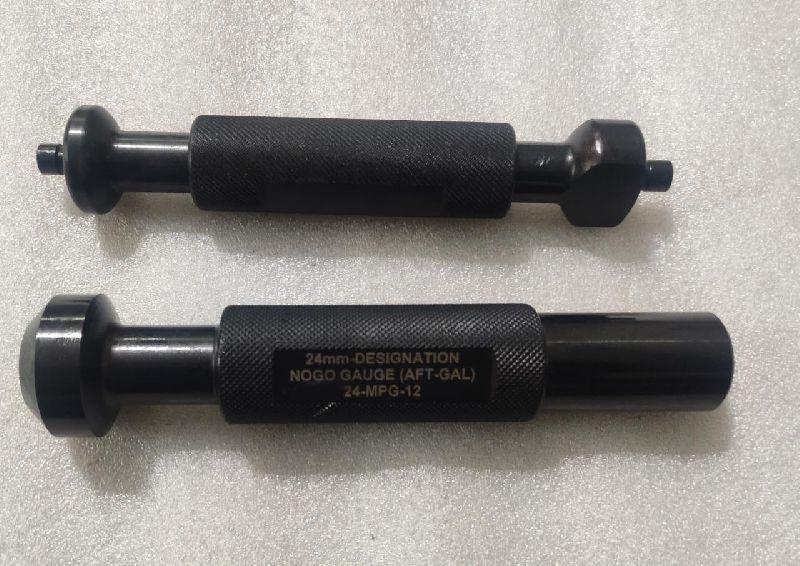
Profile Plug Gauge
VIEW DETAILS
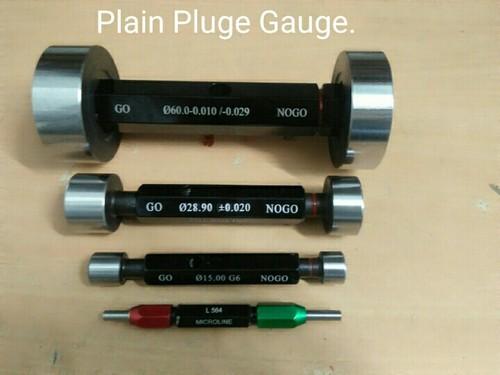
Plain Plug Gauge
VIEW DETAILS
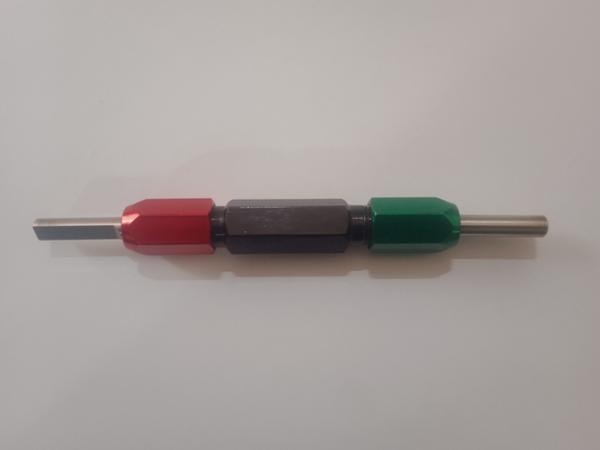
Pin Gauge
VIEW DETAILS
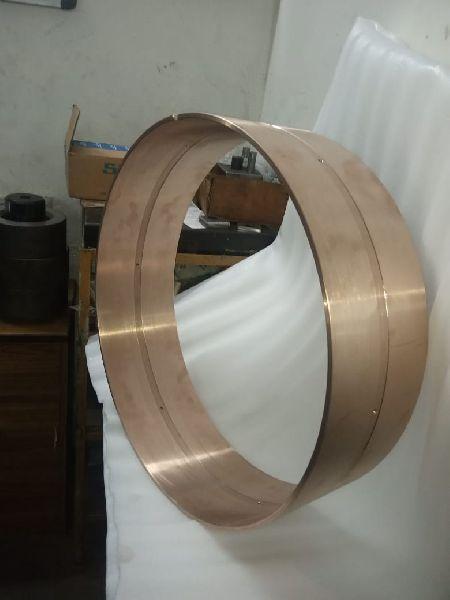
Brass Ring/PB Ring
VIEW DETAILS
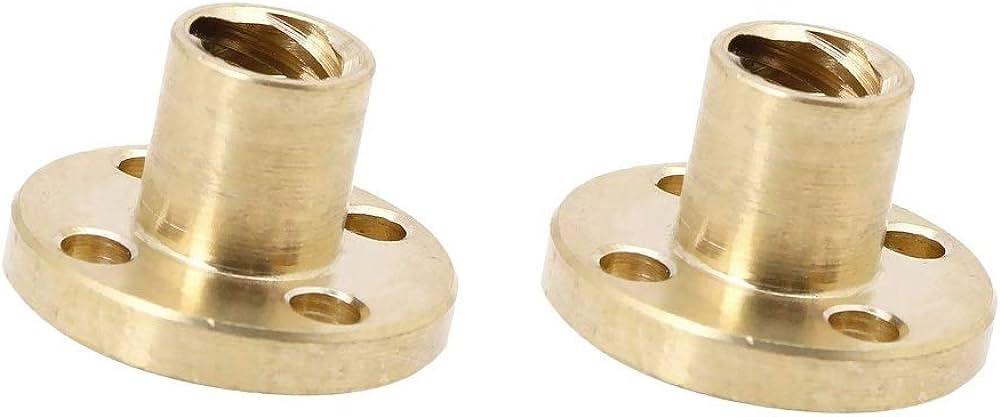
Lead Nut
VIEW DETAILS

Wedge Lock
VIEW DETAILS
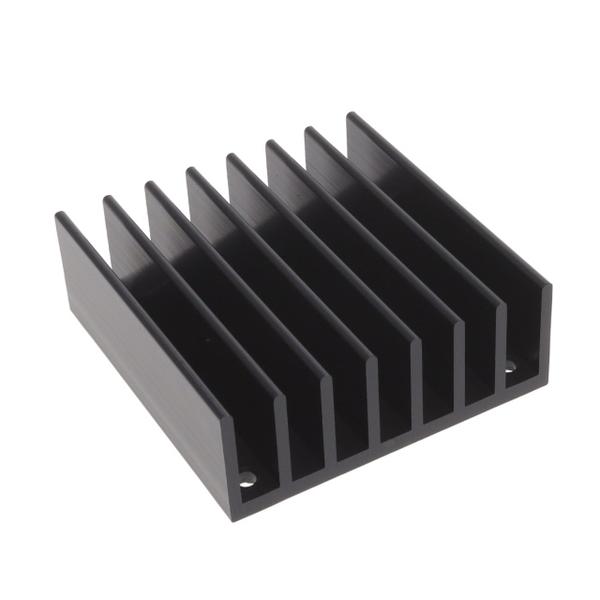
Heat Sink
VIEW DETAILS
Filter using tags
Snap GaugeTaper Plug GaugeTaper Plug/Ring GaugeRing Gauge manufacturer in BangaloreRing Gauge near meRing Gauge manufacturer in rajajinagarTaper Plug manufacturer in rajajinagrTaper PlugRing GaugeAero Space Component manufacturer near meAero Space ComponentWedge Lock manufacturer in BangaloreWedge LockLead NutPin GaugeProfile Plug GaugePlug GaugeJigs and FixturesPB Ring
